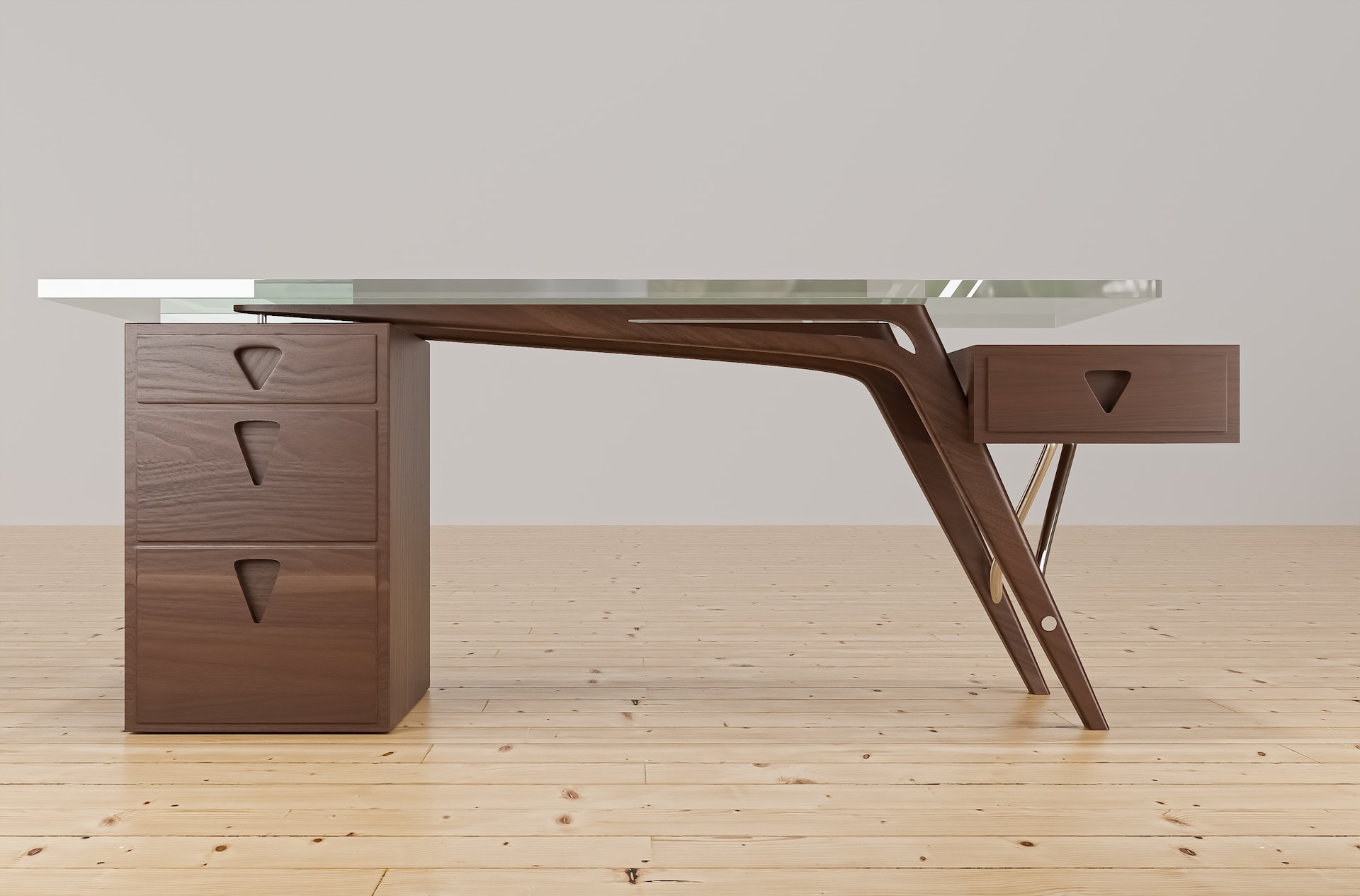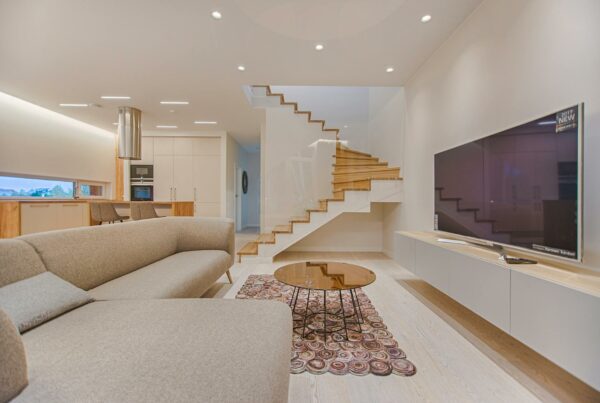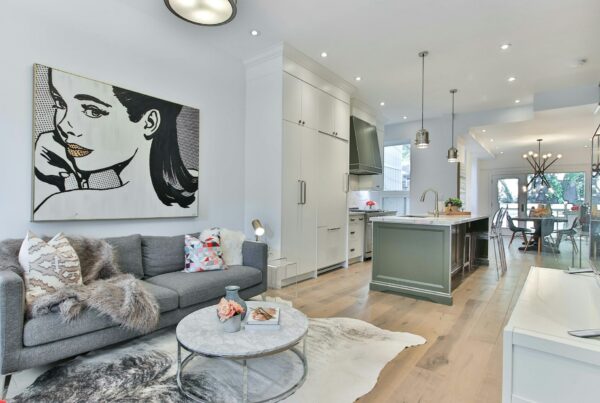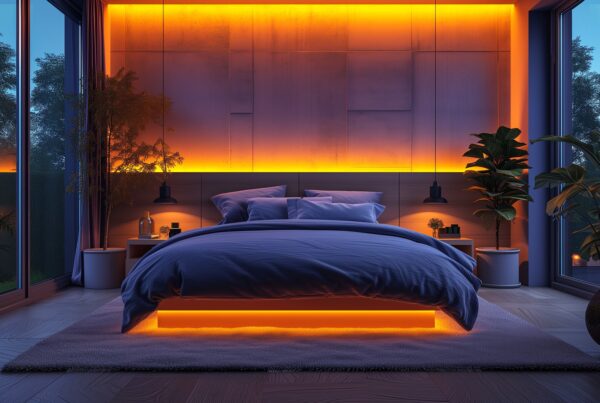Last Updated on November 29, 2023
The interior design industry is the perfect place where creativity meets functionality, as technology has always been vital in shaping the industry’s landscape. 3D furniture visualization technology spearheads the industry’s latest revolution and redefines how designers conceptualize and execute their visions.
From the introduction of computer-aided design (CAD) to the development of sophisticated furniture 3D visualization techniques, the journey has been fascinating and transformative. Read on to discover how furniture 3D rendering and visualization technology is changing the future of interior design. You can also read this article to learn how 3D interior rendering services changed the work of interior designers.
3D Furniture Visualization Technology for Interior Design
Historically, innovations like CAD have allowed designers to transition from hand-drawn sketches to digital blueprints to enhance precision and efficiency. However, the leap to furniture 3D rendering and visualization represents a quantum leap in design capabilities, enabling a more immersive and realistic representation of spaces.
3D furniture visualization involves creating digital, three-dimensional models of furniture and spaces. This technology goes beyond traditional 2D representations, providing a lifelike experience that aids designers and clients in visualizing the result. The process typically involves using specialized software and tools that bring designs to life with stunning realism and capture details from textures to lighting nuances.
Advantages of 3D Furniture Visualization
The benefits of partnering with a 3D furniture rendering firm are manifold. One of its most significant advantages lies in improving client communication and collaboration. Not bound by abstract blueprints, designers can present photorealistic renderings to foster a deeper understanding and connection between the client and the envisioned design. This enhanced communication streamlines the design process, increases efficiency, and reduces misunderstandings.
In addition, realistic previews offered by furniture 3D rendering and visualization tools empower clients to make informed decisions. With the ability to virtually “walk through” a space before it is built, clients can visualize the impact of design choices, ensuring the final result aligns with their expectations. This results in more satisfied clients and reduces the likelihood of costly design changes later in the process, saving time and resources.
Furthermore, integrating 3D furniture visualization into the design workflow contributes to cost savings. As a result, designers can address them before the physical implementation by identifying potential issues to minimize the risk of costly modifications during construction. This benefits the budget and accelerates project timelines.
Challenges and Considerations
While the benefits of 3D furniture visualization are clear, implementing such technology has challenges. Technical hurdles, such as the need for powerful hardware and software, can pose barriers to entry for some designers and firms. Moreover, data security and privacy concerns must be addressed to ensure the safe handling of sensitive design information.
Addressing these challenges requires technological solutions and a commitment to ongoing training and skills development. As the industry adopts furniture 3D rendering and visualization, designers must adapt to the evolving landscape, acquiring the necessary expertise to harness the full potential of these tools.
Integration of Augmented Reality (AR) and Virtual Reality (VR)
As we peer into the future, the role of 3D furniture visualization technology in interior design is set to expand even further. Emerging trends suggest a potential convergence with artificial intelligence (AI), opening the door to intelligent design assistants generating and refining 3D models based on user preferences and design principles. The marriage of AI and 3D visualization promises a more intuitive and efficient design process.
Case studies abound with successful applications of AR and VR in 3D furniture visualization. From virtual showroom experiences for clients to interactive design reviews among project stakeholders, these technologies have proven their value in enhancing collaboration and understanding. The ability to virtually “walk” through a space and interact with digital elements provides a level of engagement that was previously unimaginable.
Summary
The future of interior design is intricately tied to the evolution of technology, with 3D furniture visualization spearheading this transformation. The ability to create immersive, realistic representations of spaces enhances the design process and improves client communication, collaboration, and decision-making.
As the industry continues to leverage these technological advancements, designers are poised to reach new levels of creativity and efficiency, shaping a future where the boundaries of imagination are seamlessly translated into tangible, breathtaking spaces. Thus, adopting and adapting to these innovations by collaborating with a 3D furniture rendering company is not just a choice but a necessity for those who seek to thrive in the dynamic interior design market.





